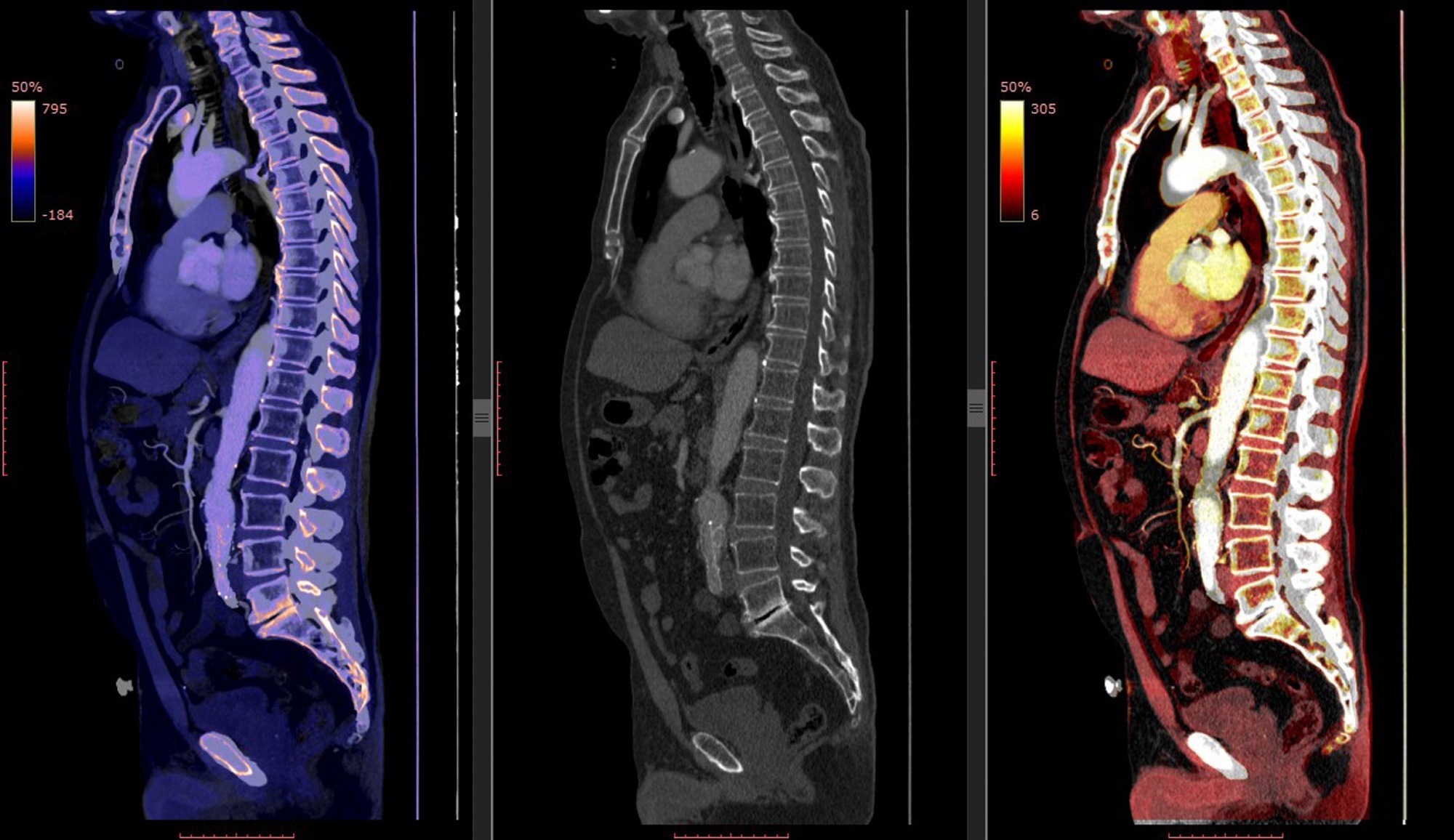In a recent review published in the journal Nature Reviews Cancer, researchers present compelling arguments as to why a baseline understanding of the potentials and limitations of artificial intelligence (AI) applications is fast becoming necessary in today’s war against cancer. They briefly introduce AI and its associated models (artificial neural networks (ANNs), deep learning, and large language models [LLM]), and highlight advances in the field and their application in cancer research, and the challenges faced in ubiquitous AI technology adoption in ongoing studies.
This review is meant to serve as a practical guideline for AI’s adoption into mainstream cancer research, primarily targeted at non-computationally inclined cancer biologists. It provides numerous examples of how the technology can hasten research progress and identify patterns invisible to the naked human eye.
 Review Article: A guide to artificial intelligence for cancer researchers. Image Credit: springsky / Shutterstock
Review Article: A guide to artificial intelligence for cancer researchers. Image Credit: springsky / Shutterstock
What is AI, and why should it matter in cancer research?
Artificial intelligence (AI) is an umbrella term for many technologies and applications that attempt to simulate human intelligence and data processing using high-precision machine algorithms. Despite being widely regarded as originating during a conference in 1956 (Dartmouth College), AI remained a theoretical rule-based system for most of its existence, with the now-called ‘symbolic AI’ and ‘classical machine learning’ dominating the field until as recently as the past 15 years.
Unprecedented development in simplistic artificial neural networks (ANNs), backpropagation algorithms, and most recently, deep neural networks (DNNs) and large language models (LLMs) has weened the field out of its theoretical roots and seen its widespread adoption across research and industrial applications. The recent release of LLM- and deep learning-powered applications such as Gemini AI and ChatGPT to the public has further accelerated AI’s growth, with medical research increasingly becoming dependent on these technologies for diagnoses, drug discovery, and data analyses.
“…we postulate that any cancer researcher nowadays needs to acquire a certain level of AI literacy. Today, it is important to be able to understand, interpret and critically evaluate the AI output. In addition, some cancer researchers will find it beneficial to acquire a deeper understanding of AI and develop their own AI-based software tools. Today, AI has been commoditized, meaning it is no longer a specialized resource but a widely accessible tool that cancer researchers can readily utilize.”
Cancer research is no different, with AI-based applications increasingly used in cellular and molecular image processing, histopathology research, and radiology. LLMs, in particular, are increasingly being used to collate and analyze clinical data, substantially improving the rate at which the data is processed and helping identify subtle patterns and trends within the data that would often be missed during manual human searches.
About the review
The present review seeks to convince cancer researchers, particularly those not computationally inclined, of the benefits of AI and its associated technologies in progressing our understanding of the disease and how to combat it. The authors cite more than 170 medical and computational publications while tracing the evolution of AI from its theoretical roots almost 70 years ago to the much more familiar practical applications we find today.
Subsequently, they narrowed the scope of their introduction to AI to focus on the technologies’ current and potential applications in cancer research and therapy. They highlighted easily accessible ‘off-the-shelf’ software available to every cancer researcher irrespective of computational proficiency and the caveats that need to be remembered when interpreting the outputs of some of these platforms.
Understanding deep learning
Herein, researchers introduce the theoretical framework governing classical machine learning algorithms and how these have evolved into the deep learning technologies of today. They differentiate between the different types of deep learning (supervised, unsupervised, and reinforcement) and their current applications in cancer research. The key element of this section is the automation afforded by reinforcement deep learning platforms and the substantial time savings (productivity) these can provide over conventional analytical approaches, especially during large clinical trials.
Biomedical image analysis
This section highlights AI use in image detection, identification, and sorting. It traces the evolution of its medical application from classical machine learning methodologies of the late 1990s and early 2000s to today’s substantially more complex algorithms. The former was used to detect and sort microscopy images, while the current has progressed enough that they can use biomarkers to diagnose cancer type and severity.
“Many image analysis tasks in biological research are traditionally performed manually, however this is not only inefficient and error-prone but can also make experiments infeasible if thousands of output images have to be analyzed. In general, by using deep learning to quantify experimental readouts, the analysis can be made more objective, reliable and quicker. For instance, in the context of cell detection in phase-contrast microscopy, deep learning can quickly and reliably detect individual cells and classify them as live or dead. Such analyses are being widely used, for example, through commercial platforms such as the Incucyte AI Cell Health Analysis Software Module (Sartorius AG).”
This section introduces standard commercially available deep learning tools for applying AI in histopathology and computational pathology assessments while also suggesting that some custom-built deep learning tools are not as complex to code as the non-computationally inclined among us may believe. The section further lists some of the challenges faced by AI’s biomedical image analysis adoption, the most important of which is ‘explainability’ – given the relative novelty of the technology, some of the patterns identified by AI tools cannot (yet) be explained. However, recent changes to AI algorithms and the use of clinical trials to validate some of these in-explicable patterns are helping overcome these challenges.
Drug discovery
Large transformer models, a novel subclass of AI technologies, are making substantial strides in the field of cancer drug discovery. Unlike conventional applications, these models can predict candidate therapeutics’ binding and efficacy potentials to functional areas of patients’ proteins, thereby reducing the degree of uncertainty involved in current and future clinical trials.
Conclusions
The most significant challenge of AI in cancer research today is mining real-world data (RWD), including EHRs, tumor samples, and medical images. Unlike clinical trial data, which generally follows well-defined methodologies, RWD is typically random both in its collection mode and documentation, substantially increasing its analysis complexity. Challenges notwithstanding, however, AI’s unprecedented growth and adoption paint an exciting future for oncology, and a basic literacy of its caveats is rapidly becoming a necessity, not a choice, for the budding cancer biologist.







